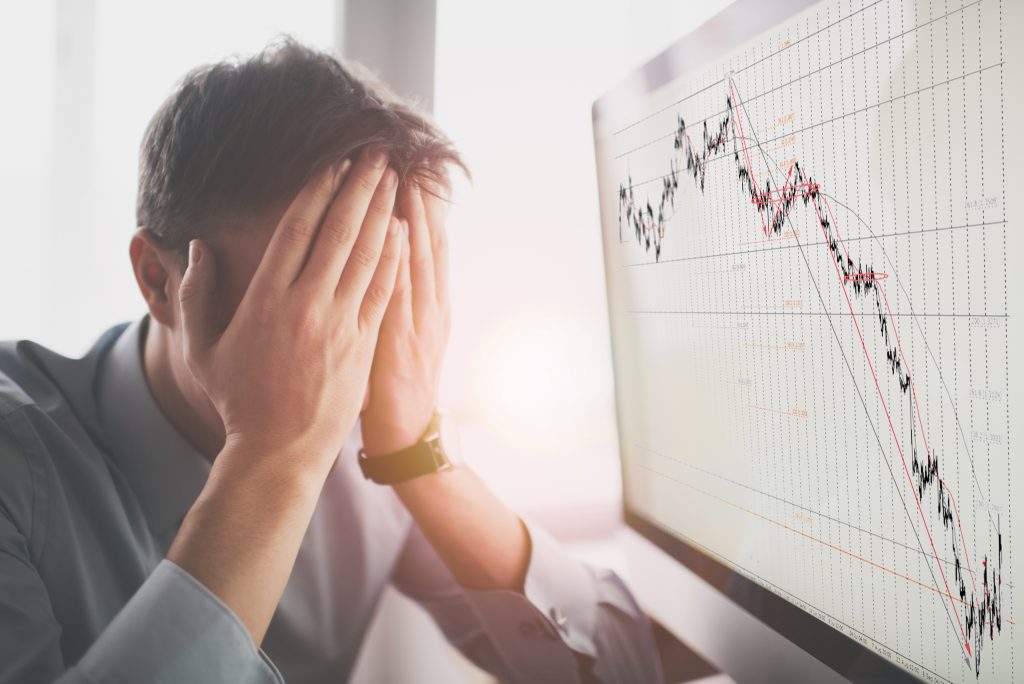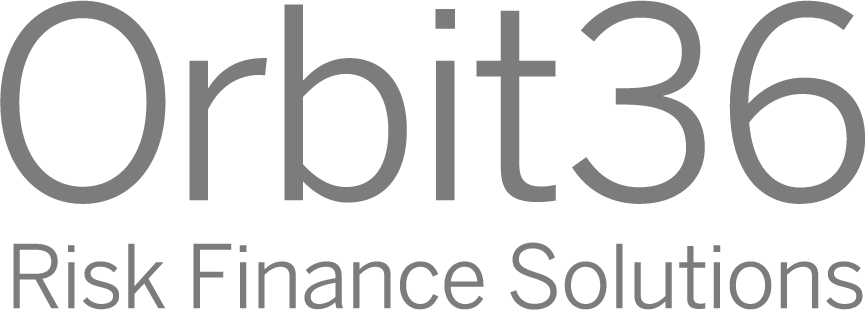Archegos – Why some banks lost billions

Following the tremors around the default of hedge fund Archegos, some banks suffered enormous losses but others were barely hit. We take a look at why banks like Credit Suisse and Nomura sold shares much later than some of their peers and as a consequence lost billions.
First, it is important to note that Archegos entered their huge and highly leveraged stock positions not via traditional loans. Instead, they used Total Return Swaps (TRS). While economically equivalent to holding the stocks, this provided Archegos the advantage that they did not need to report their holdings (under US rules). And the usage of TRS may well be the reason, why the abovementioned banks might have realized their massive exposures too late.
Let’s sketch the possible course of events based on a hypothetical exposure on ViacomCBS (VIAC) shares. At the time Archegos entered into the TRS, the bank which acted as their counterparty had to buy the underlying shares as a hedge. For the bank, this position is market risk neutral and consequently, does not impact their value-at-risk (VAR). Since the present value of a TRS is initially zero, the swap exposure is also not visible on the bank’s balance sheet. Nonetheless, it is associated with a counterparty credit risk. To mitigate this, it is common practice to collateralize the exposure based on daily mark-to-market valuations. If the value of a TRS moves in disfavour of one party, this party has to post collateral to the other party. The collateral used is typically an asset of high quality, e.g., cash, government bond or blue chip stock.
In the days before the turmoil, some positions moved against Archegos. For example, the shares of ViacomCBS lost 9% on Tuesday, March 23rd and another 23% on Wednesday, March 24th. This required Archegos to post additional collateral with the banks that acted as counterparties. However, Archegos was not in a position to do so and defaulted on March 25th.
Typically, margin requirements from banks are calibrated in a way that allows sufficient room for unusually large price movements. For instance, a statistical approach based on a historic time series suggests that a daily share price movement of more than 10% can be precluded with more than 99.5% for ViacomCBS shares. Thus, a 10% margin requirement would in principle be sufficient with daily revaluation and collateral exchange. However, banks are more prudent and compute the margin requirement over a couple of days. For a period of 5 days for example, a margin requirement of 20% would be needed.
At the time Archegos was unable to post additional margin, the TRS exposures of most banks were likely still fully covered by collateral. And the value and potential liquidation of the collateral was not necessarily a problem, depending on what type of collateral was used. The much bigger issue were the stocks held by the banks as a hedge on their own books. From the time Archegos was about to default, the effectiveness of the hedge relationship between the TRS and the stocks became questionable. Some banks realized this quickly and reduced their exposure by terminating the TRS and selling the shares. For other banks, this risk may not have been visible because the amount due by Archegos appeared to be fully protected by collateral of high quality. However, the additional share price decline caused by the banks liquidating their stock positions changed this. On Friday, March 26th the share price of ViacomCBS dropped by another 27%, resulting in substantial losses on the shares still held as hedge by some banks. Hence, it was crucial to detect the exposure early and to react quickly by selling the shares. Those banks which were slower suffered very substantial losses. Credit Suisse and Nomura incurred losses in the magnitude of 4.7bn and 2bn USD, respectively.
What are the lessons learnt?
- First, it appears that senior management and board of directors might not have been aware of the enormous exposure of their bank. In fact, the exposure might have been difficult to detect given the specific deal structure with the TRS. The exposure versus the client is neither visible from the balance sheet nor the Trading VAR. Given the collateralization, the Counterparty Credit Risk (CCR) from the TRS was also unlikely to be identifiable through CCR models and stress tests. This because the share price moves were much larger than predicted by commonly used models.
- Challenge 1: Find new methods to identify and limit such hidden exposures
- Second, if clients hold similar exposures with multiple banks and they are not aware of that fact, concurrent position liquidations can amplify adverse share price movements well beyond the worst-case predictions of VAR, stressed VAR, CCR and other similar models.
- Challenge 2: Require clients to report their entire exposures per underlying or to restrict them in doing similar trades with other banks in the same underlying
- Challenge 3: Include the price impact from hedge liquidations into CCR models used for RWA computation and stress tests
- Third, the trading volumes in some of the involved stocks during the critical days suggest that the TRS exposures were a multiple of the daily trading volumes. This also amplifies the price impact in case of forced position liquidations.
- Challenge 4: Set limits on TRS and other derivatives exposures per underlying and counterparty, which allows an orderly liquidation of hedge positions in case the counterparty defaults
- Challenge 5: Impose liquidation add-ons based on size of positions with respect to daily trading volumes
This incident shows that even sophisticated risk models have their limitations in capturing all relevant aspects of a highly complex business. It is therefore essential that senior managers, board members, banking regulators and auditors understand the mechanics, risks and dependencies of a bank’s business model so that they can raise the right questions and challenges.
